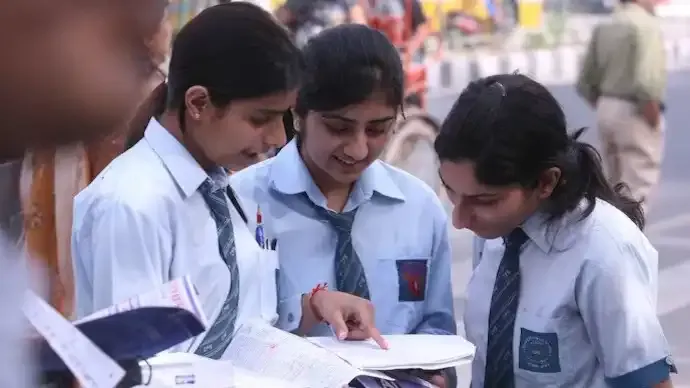Shopping cart
Your cart empty!
Terms of use dolor sit amet consectetur, adipisicing elit. Recusandae provident ullam aperiam quo ad non corrupti sit vel quam repellat ipsa quod sed, repellendus adipisci, ducimus ea modi odio assumenda.
Lorem ipsum dolor sit amet consectetur adipisicing elit. Sequi, cum esse possimus officiis amet ea voluptatibus libero! Dolorum assumenda esse, deserunt ipsum ad iusto! Praesentium error nobis tenetur at, quis nostrum facere excepturi architecto totam.
Lorem ipsum dolor sit amet consectetur adipisicing elit. Inventore, soluta alias eaque modi ipsum sint iusto fugiat vero velit rerum.
Sequi, cum esse possimus officiis amet ea voluptatibus libero! Dolorum assumenda esse, deserunt ipsum ad iusto! Praesentium error nobis tenetur at, quis nostrum facere excepturi architecto totam.
Lorem ipsum dolor sit amet consectetur adipisicing elit. Inventore, soluta alias eaque modi ipsum sint iusto fugiat vero velit rerum.
Dolor sit amet consectetur adipisicing elit. Sequi, cum esse possimus officiis amet ea voluptatibus libero! Dolorum assumenda esse, deserunt ipsum ad iusto! Praesentium error nobis tenetur at, quis nostrum facere excepturi architecto totam.
Lorem ipsum dolor sit amet consectetur adipisicing elit. Inventore, soluta alias eaque modi ipsum sint iusto fugiat vero velit rerum.
Sit amet consectetur adipisicing elit. Sequi, cum esse possimus officiis amet ea voluptatibus libero! Dolorum assumenda esse, deserunt ipsum ad iusto! Praesentium error nobis tenetur at, quis nostrum facere excepturi architecto totam.
Lorem ipsum dolor sit amet consectetur adipisicing elit. Inventore, soluta alias eaque modi ipsum sint iusto fugiat vero velit rerum.
Do you agree to our terms? Sign up

The National Council of Educational Research and Training (NCERT) has unveiled new educational modules highlighting India’s journey from the 1905 Swadeshi Movement to Prime Minister Narendra Modi’s call for a self-reliant India. The modules aim to connect India’s freedom struggle ideals with the modern vision of Viksit Bharat.
In his Independence Day address, Prime Minister Modi described self-reliant Bharat as the foundation of a developed India. During an interaction with teachers last month, he urged educators and students to promote Swadeshi products, supporting initiatives such as “Make in India” and “Vocal for Local.”
Two modules—Swadeshi: Vocal for Local (for middle stage) and Swadeshi: For a Self-Reliant India (for secondary stage)—include excerpts from the Prime Minister’s speeches. They emphasize how economic independence, innovation, and cultural pride together form the roadmap to a self-sustaining nation.
The modules trace Swadeshi’s origins to the partition of Bengal in 1905, when Indian nationalists urged citizens to boycott British goods and promote indigenous products. This movement spurred the growth of Indian enterprises such as Bengal Chemical and Pharmaceutical Works, founded by Prafulla Chandra Ray, and Tata Iron and Steel Company, established by Jamsetji Tata in 1907.
Former Rajya Sabha MP Tarlochan Singh has requested NCERT to include Baba Ram Singh, leader of the Namdhari sect, recognizing his early advocacy for Swadeshi dating back to the 1860s.
The updated modules link historical Swadeshi ideals to contemporary programmes including Make in India, Start-up India, Digital India, and Atmanirbhar Bharat.
They highlight India’s progress in space exploration, defence technology, healthcare, and innovation, framing these sectors as symbols of modern self-reliance. Mahatma Gandhi’s emphasis on Swadeshi in education and Rabindranath Tagore’s vision of national self-expression feature prominently in the lessons.
Case studies of Amul, ISRO, and Ayurveda are presented as successful Indian models that embody the Swadeshi spirit in modern industries.
“India can export more than it imports, earning both wealth and respect globally,” one module states, asserting that combining domestic self-reliance with global competitiveness can position India among the world’s leading economies.
The modules take the concept further, linking Swadeshi to emerging technologies such as artificial intelligence. They note that “AI is as vital today as cotton and steel were during the freedom struggle,” calling for homegrown innovation to protect data sovereignty and fulfill India’s unique technological needs.
Drawing parallels with Israel and Vietnam, the text emphasizes that Swadeshi can now guide India’s resilience in technology, agriculture, renewable energy, and manufacturing, echoing its legacy from 1905 in a modern context.
Conclusion:
Through these new Swadeshi modules, NCERT aims to inspire students to understand India’s historical roots of self-reliance and apply those lessons to modern innovation, entrepreneurship, and nation-building. The initiative merges patriotic values with 21st-century progress—reviving Swadeshi not just as a slogan, but as a living philosophy for Viksit Bharat.
3
Published: Oct 04, 2025